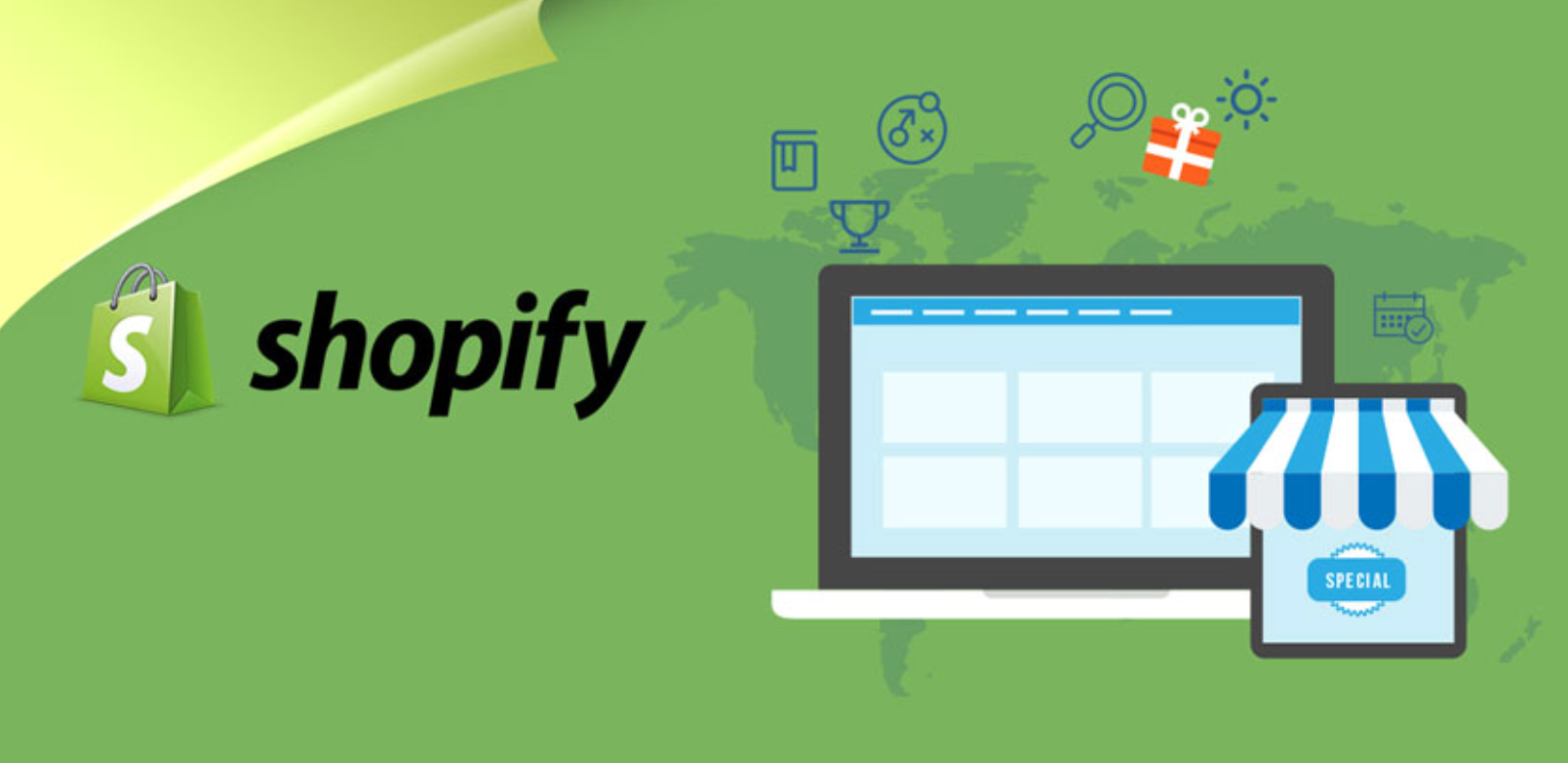Welcome to the world of Shopify where e-commerce dreams become a reality! If you're looking to establish your online presence and take your business to new heights, then you've come to the right place. In this comprehensive guide, we'll delve into the exciting realm of Shopify website development and explore everything you need to know about creating a stunning, customized online store.
But first things first: what exactly is Shopify platform? Well, it's an all-in-one e-commerce platform that empowers entrepreneurs and businesses of all sizes to build their very own online stores with ease. Whether you're just starting out or already running a successful brick-and-mortar shop, Shopify offers a user-friendly interface and an array of powerful features designed to help you sell products effortlessly in the digital space.
Now that we have our bearings on what Shopify is all about, let's dive deeper into understanding its benefits and how a skilled developer can bring your vision for an exceptional website design to life. Get ready for some valuable insights that will set you on the path toward your ecommerce agency i-commerce success!
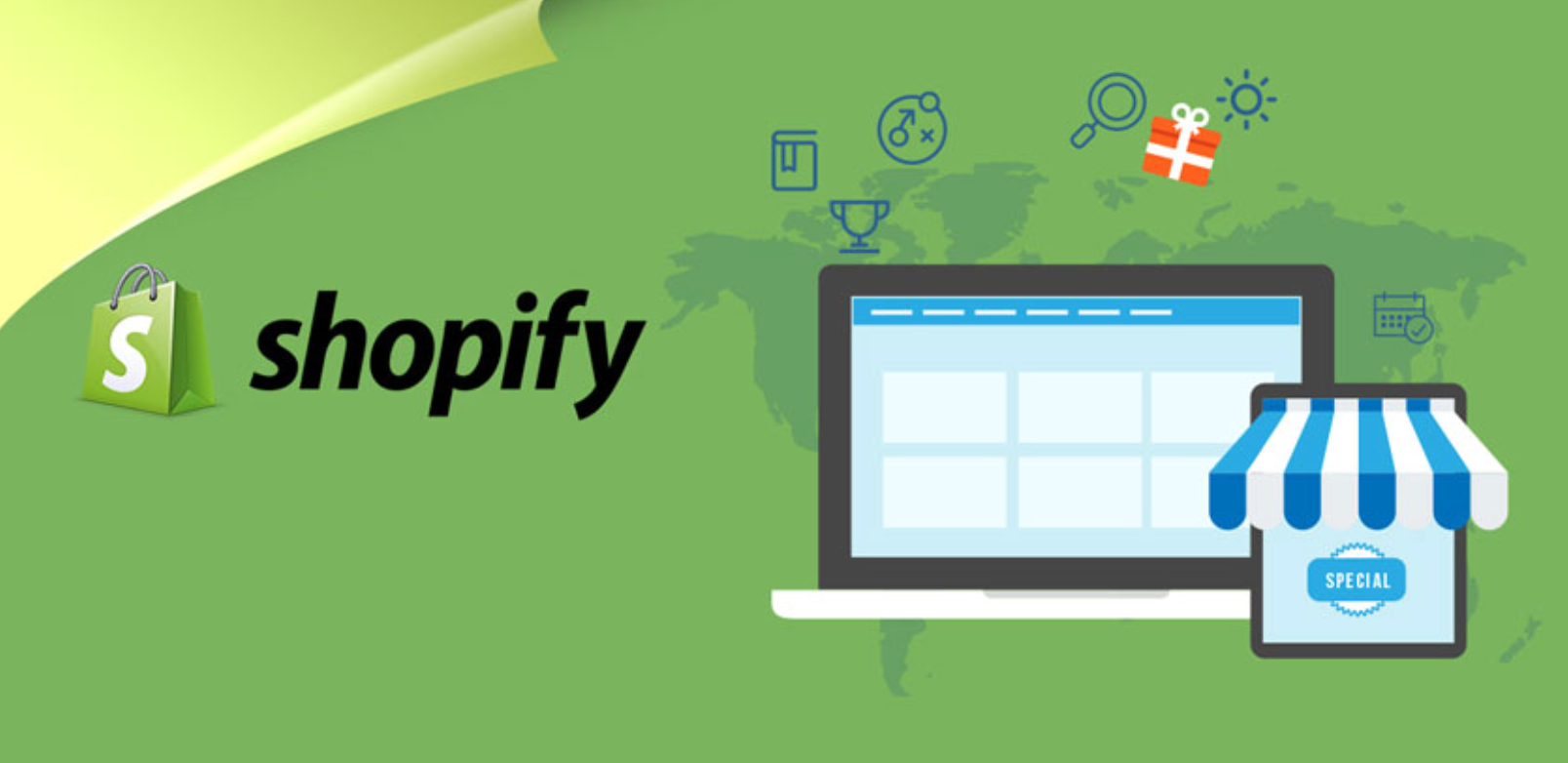
Understanding Shopify and Its Benefits
Shopify platform is more than just a platform for building online stores it's a game-changer for businesses looking to thrive in the digital landscape. With its intuitive interface and robust features, Shopify makes it possible for anyone, regardless of technical expertise, to create a visually stunning and highly functional website.
One of the key benefits of using Shopify is its flexibility. Whether you're selling physical products, digital downloads, or services, this platform has got you covered. You can easily customize your storefront with pre-designed themes or take advantage of their extensive range of customization options to make your website truly unique.
Another major advantage is the seamless integration with various payment gateways. Shopify supports over 100 payment providers worldwide, making it convenient for customers across different regions to make purchases in their preferred currency.
Shopify takes care of all the technical aspects like web hosting and security so that you can focus on growing your business. With built-in SEO tools and mobile-responsive designs, your store will be optimized for search engines and accessible on any device.
Shopify offers an extensive App Store where you can find a vast selection of plugins and add-ons to enhance your store's functionality. From inventory management systems to email marketing tools there's something for every aspect of running an e-commerce business.
The scalability factor cannot be overlooked either. As your business grows and demands increase, Shopify provides the infrastructure needed to handle high traffic volumes without compromising speed or performance.
With all these benefits combined into one powerful platform, it's no wonder why millions of entrepreneurs have chosen Shopify as their go-to solution for online selling success!
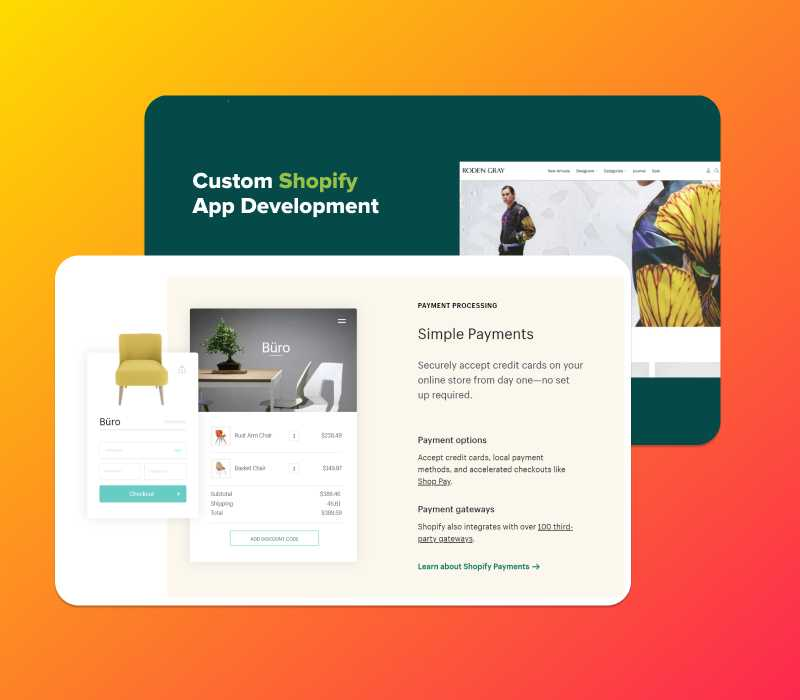
The Role of a Shopify Developer
When it comes to building a successful Shopify website, the role of a skilled developer cannot be overstated. A Shopify developer is responsible for bringing your vision to life and ensuring that your website functions flawlessly.
One of the main tasks of a Shopify developer is customizing your website's design to align with your brand identity. They have expertise in HTML, CSS, and JavaScript, allowing them to create visually stunning and user-friendly interfaces.
In addition to design customization, developers also handle backend development. This includes integrating payment gateways, setting up inventory management systems, and optimizing site performance for smooth navigation.
A Shopify developer plays an essential role in ensuring that your website is mobile-responsive. With the increasing number of users accessing websites from their smartphones and tablets, having a mobile-friendly site is crucial for reaching a wider audience.
Developers are responsible for implementing SEO best practices on your Shopify website. By optimizing page titles, meta tags, URLs, and other elements, they help improve search engine visibility and drive organic traffic to your site.
User experience optimization (UX) is another critical aspect handled by developers. From streamlining checkout processes to enhancing product filtering options,the goal is always focused on providing visitors with an intuitive browsing experience.
Reliable developer will ensure that your website remains secure by implementing necessary security measures such as SSL certificates, data encryption and regular backups. This helps protect sensitive customer information from potential threats or data breaches.
The role of a skilled Shopify developer extends beyond just creating a visually appealing website. They are instrumental in improving user experience ,optimize SEO rankings and safeguarding valuable customer data. Choosing the right experienced professional can make all the difference when it comes to building a successful online presence through a customized and feature-rich Shopify website.
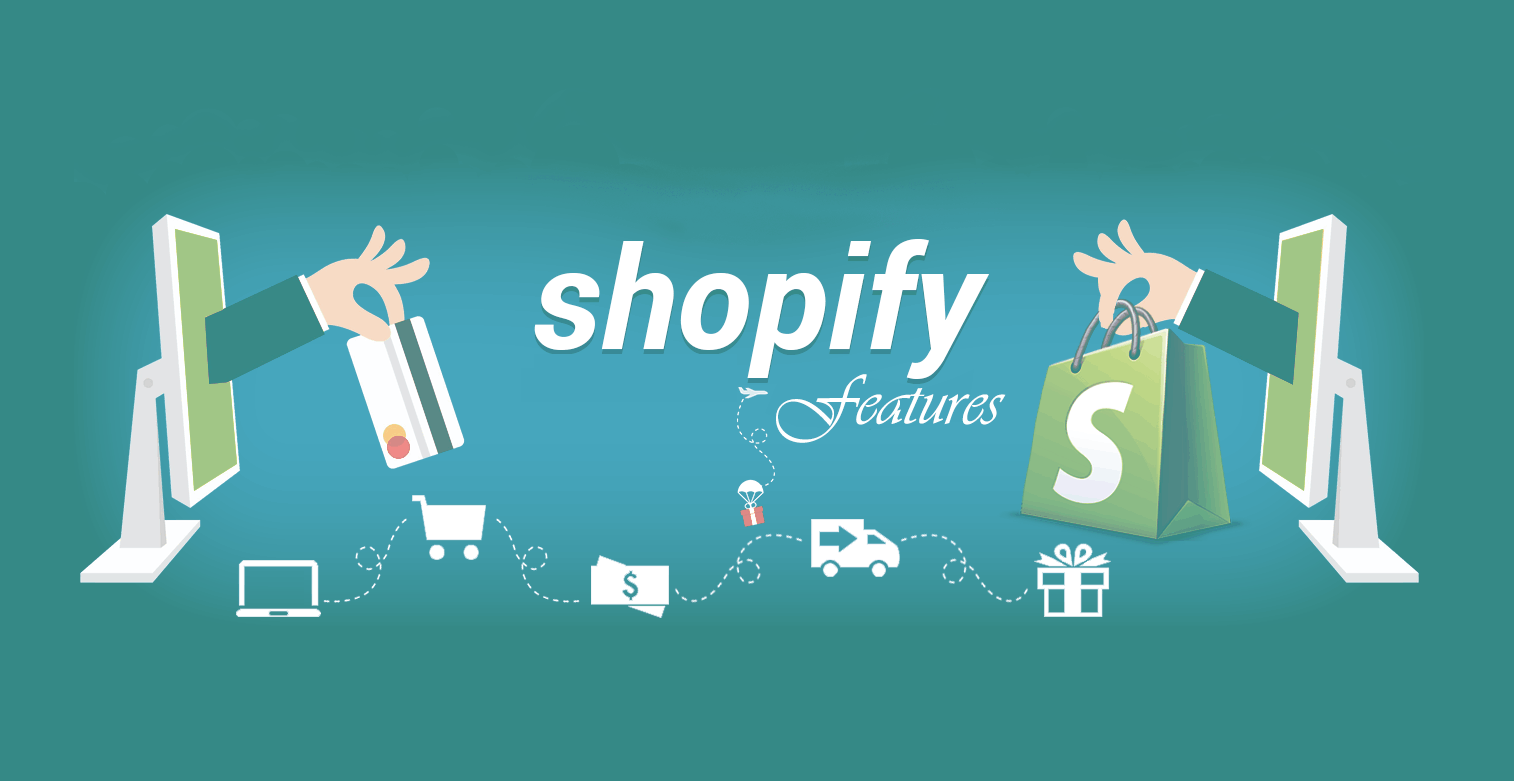
Factors that Affect the Cost of Shopify Development
When it comes to building a Shopify website, several factors can influence the overall cost. Understanding these factors will help you plan your budget and make informed decisions throughout the development process.
1. Customization Level: The more customized you want your Shopify website to be, the higher the cost will likely be. Custom designs, unique features, and complex functionalities require additional time and expertise from developers.
2. Integration Requirements: If you need to integrate third-party tools or services into your Shopify store, such as payment gateways or inventory management systems, it may incur extra costs. These integrations often involve customization work to ensure seamless communication between different platforms.
3. Size of Product Catalog: The number of products you have in your catalog can impact development costs. Larger catalogs may require more time for data entry and organization.
4. Responsive Design: In today's mobile-driven world, having a responsive design is crucial for a successful online store. However, implementing responsive design adds complexity to development and testing processes which can increase costs.
5. SEO Optimization: Optimizing your website for search engines is essential for driving organic traffic and increasing sales. As part of development work, incorporating SEO best practices might come with an additional price tag.
6. Ecommerce Functionality: The level of ecommerce functionality required also affects costs. Features like product filtering options,social media integration,and dynamic pricing rules demand advanced coding skills which could raise expenses
7. Licensing Fees & Apps : Depending on specific needs, you may have licensing fees related to certain apps needed. Integrating various apps on Shopify requires investment costing ranging from free one pagers up to monthly subscriptions.
Remember that each project is unique; these are just some general factors that impact cost. Your developer will provide a detailed estimate based on your specific requirements. So keep them in mind when planning out your budget!

Typical Timeline for Building a Shopify Website
Building a Shopify website involves several stages, and understanding the typical timeline is crucial for effective project management. While each project may vary in complexity and requirements, there are some general timelines to consider.
The first step in building a Shopify website is planning and strategy. This involves discussing your business goals, target audience, design preferences, and functionality requirements with the developer. Depending on the scope of your project, this stage can take anywhere from a few days to a couple of weeks.
Once the planning phase is complete, the actual development process begins. This includes creating custom designs or selecting pre-made themes that align with your brand identity. The time required for this stage depends on factors like customization needs and content population but generally takes around 2-4 weeks.
After the design is finalized, it's time for coding and development. The developer will integrate features such as shopping carts, payment gateways, product pages, etc., ensuring smooth functionality across all devices. Development usually takes around 4-8 weeks depending on complexity.
Next comes testing and quality assurance to identify any bugs or issues that need fixing before launch. This phase typically takes about 1-2 weeks but may vary based on the size of your website.
Once everything has been thoroughly tested and approved by you, it's time to launch your Shopify website! After deployment comes post-launch support where developers provide assistance with any unforeseen issues or maintenance requests that arise after going live.
Remember that these timelines are approximate estimates; every project has its unique requirements which may cause variations in timing.
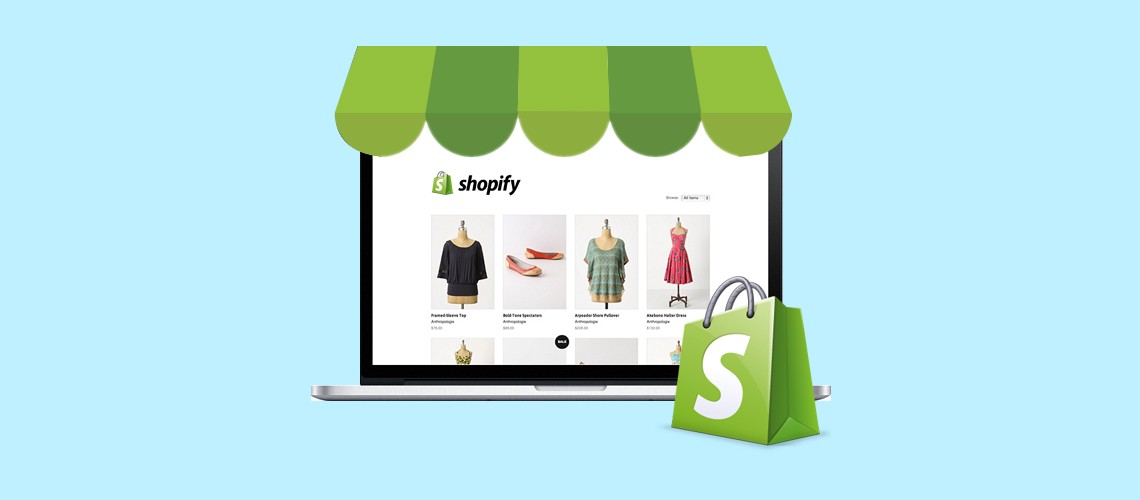
Tips for Choosing the Right Developer and Managing Costs
Finding the right Shopify developer for your website can make all the difference in ensuring its success. Here are some tips to help you choose the right developer and manage costs effectively.
1. Define your requirements: Before starting your search, clearly outline what you need from your Shopify website. This will help you communicate your expectations to potential developers and ensure they have the necessary skills and experience.
2. Research different developers: Take the time to research different Shopify developers and evaluate their portfolios, reviews, and testimonials. Look for experience with similar projects and a track record of delivering high-quality work.
3. Consider expertise vs cost: While it's important to consider cost when choosing a developer, don't compromise on expertise and quality. Cheaper options may lack experience or deliver subpar results that can ultimately cost you more in the long run.
4. Communication is key: Effective communication is crucial throughout the development process. Choose a developer who listens attentively, asks relevant questions, and provides regular updates on progress.
5. Request quotes: Once you have shortlisted potential developers, request detailed quotes that include all aspects of the project design, development, testing, maintenance so there are no surprises later on.
6. Get references: Ask for references from past clients or examples of previous work to get an idea of how well they deliver on their promises.
7. Flexibility within budget constraints: If budget is a concern but you've found a skilled developer whose rates are slightly higher than anticipated, discuss whether there's room for negotiation or if certain features can be prioritized over others.
8. Clearly define timelines: Ensure both parties agree upon realistic deadlines for each stage of development in order to avoid unnecessary delays or rush jobs that could impact quality.
By following these tips when choosing a Shopify developer for your own website or project, you'll increase your chances of finding someone who not only meets your requirements but also manages costs effectively without compromising quality.
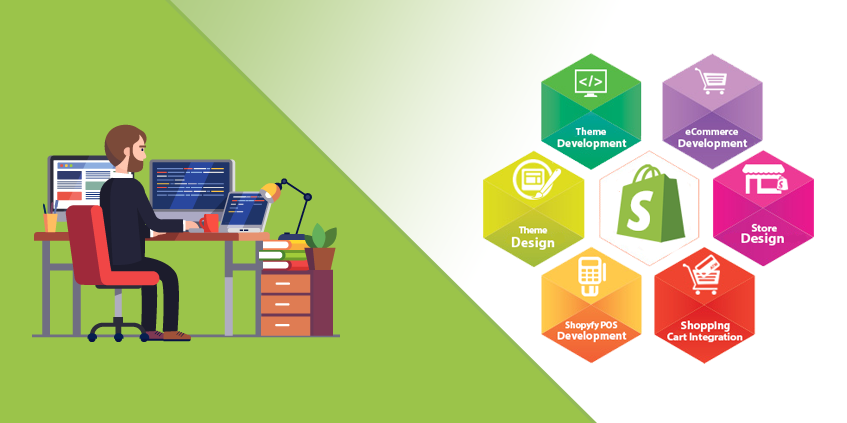
Case Studies: Successful Shopify Websites and Their Development Stories
1. The Little Boho Dress - A Fashion Retail Success Story The Little Boho Dress is an online boutique that offers stylish bohemian fashion for women. With a focus on unique designs and high-quality materials, they needed a website that reflected their brand identity. They partnered with a skilled Shopify developer to create a custom website design that showcased their products beautifully.
2. Clean Eats Meal Prep - Simplifying Healthy Eating Clean Eats Meal Prep is a meal delivery service that specializes in nutritious, pre-made meals. They wanted an easy-to-use website where customers could select their meals and place orders effortlessly. A Shopify web development agency helped them build a user-friendly website with seamless navigation and integrated payment options, resulting in increased customer satisfaction and repeat business.
3. Tech Guru Gadgets - Your One-Stop Shop for Electronics Tech Guru Gadgets wanted to establish themselves as the go-to destination for electronics enthusiasts worldwide. They worked closely with experienced shopify web designers to create an eye-catching website design that emphasized product features, specifications, and customer reviews effectively.
4. Artistry Avenue - Showcasing Creativity at Its Finest Artistry Avenue is an online art gallery featuring works from talented artists around the globe. To capture the essence of each artwork, they collaborated with shopify site designers who crafted a visually stunning website layout with customizable filters to help visitors discover pieces based on their preferences.
5. Baby Bliss Boutique - Catering to New Parents' Needs Baby Bliss Boutique aimed to provide new parents with premium baby products curated by experts in child care essentials. They joined forces with professional shopify web designers who created an intuitive e-commerce platform showcasing product recommendations based on age groups while offering secure checkout options.
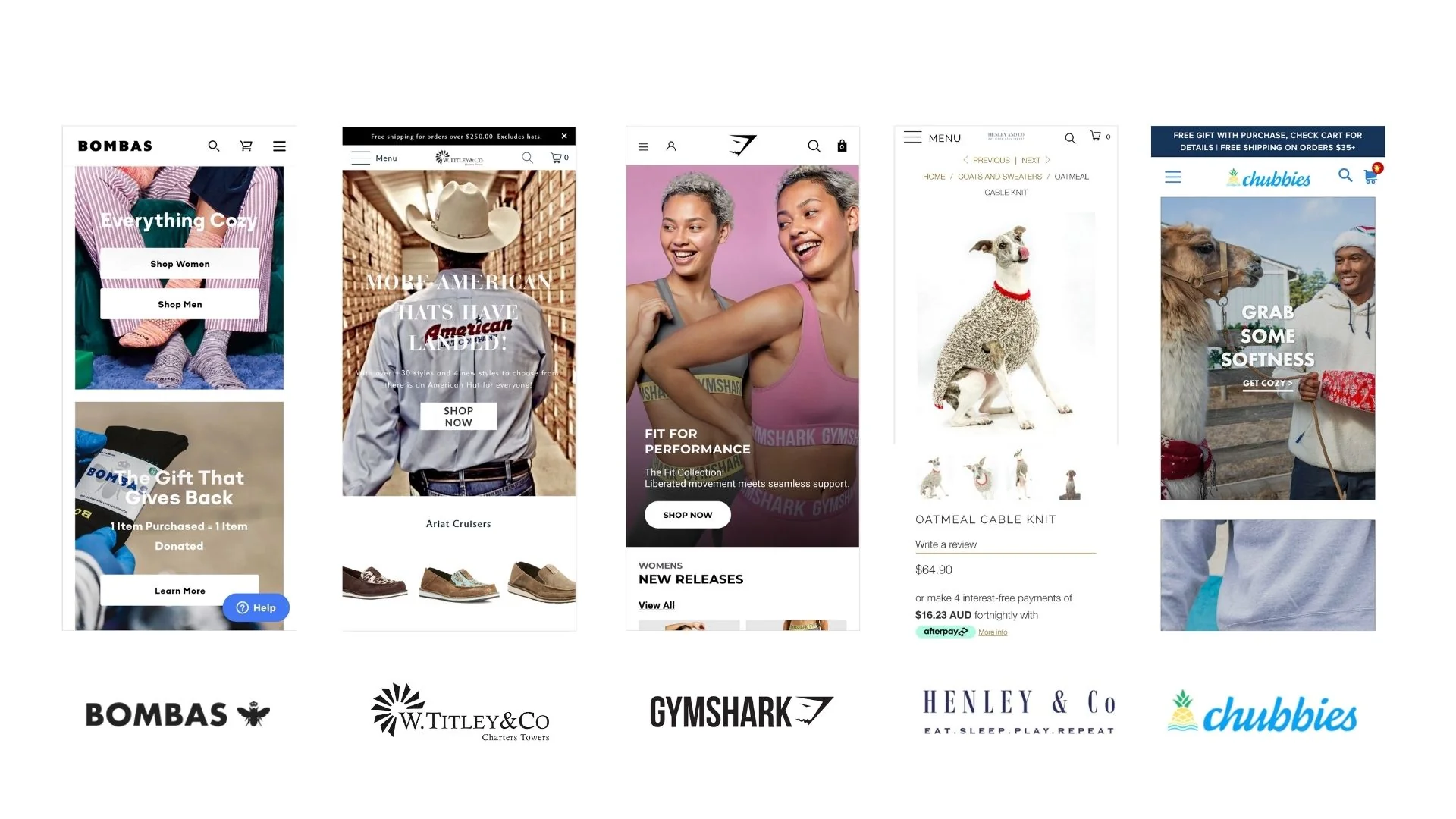
Conclusion
In this comprehensive guide, we have explored the world of Shopify website development. We have discussed the benefits of using Shopify as an e-commerce platform and how it can help businesses create a visually appealing and functional online store.
We also delved into the role of a Shopify developer and highlighted the factors that can affect the cost of developing a custom website on this platform. Additionally, we provided insights into the typical timeline for building a Shopify website.
We shared valuable tips for choosing the right developer and managing costs effectively. From conducting thorough research to setting clear expectations, these strategies will ensure you find a reliable partner who understands your business goals.
To further illustrate our points, we presented case studies showcasing successful Shopify websites and their unique development stories. These examples demonstrate how different businesses leveraged customization options to create engaging user experiences that drive conversions.
As you embark on your own journey towards creating a stunning Shopify website, remember to keep in mind these key takeaways: 1. Understand your business needs: Clearly define your requirements before approaching developers. 2. Research potential developers: Look for experience with similar projects and positive client testimonials. 3. Set realistic timelines: Allow ample time for design revisions, integrations, testing, and launch preparations. 4. Communicate effectively: Maintain open lines of communication throughout the project to avoid misunderstandings or delays. 5. Invest wisely: While cost is important, prioritize quality over price when selecting a developer.
By following these guidelines and working closely with an experienced team of professionals specializing in Shopify web design services, you can build an exceptional online store that stands out from competitors while meeting all your business objectives.
